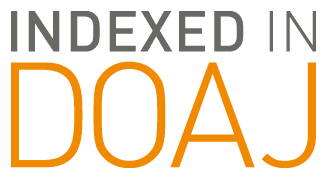Abstract
Changes in the design and delivery of educational leadership preparation programs are advocated in order to meet the needs of leadership for 21st century schools (Byrd, 2001; Cox, 2002; McKerrow, 1998; Smylie & Bennett, 2005). The changing needs of the 21st century, coupled with accountability standards and more diverse populations of students within school districts, create challenges for leaders who are attempting to increase student achievement (Firestone & Shipps, 2005; Schlechty, 2008). Further, student performance demands have increased at the state and national level because of the No Child Left Behind Act (Wong & Nicotera, 2007). These standards have thus increased the emphasis of the administrator's responsibility to positively impact student achievement (Taylor, 2001). With the graying of the profession and the need for exemplary school superintendents, the preparation of school superintendents who can successfully lead school improvement is vitally important (Lashway, 2006). According to the National Council for the Accreditation of Teacher Education (NCATE, 2002), university preparation programs should seek current leaders' perspectives of critical content components and the processes to be used in the preparation of educational leaders who can lead school improvement practices and processes.
Recommended Citation
Sampson, Pauline M.; Alford, Betty J.; and Marshall, Ralph L.
(2018)
"Preparing Aspiring Superintendents to Lead School Improvement: Perceptions of Graduates for Program Development,"
School Leadership Review: Vol. 5:
Iss.
2, Article 3.
Available at:
https://scholarworks.sfasu.edu/slr/vol5/iss2/3
Included in
Educational Leadership Commons, Elementary and Middle and Secondary Education Administration Commons, Teacher Education and Professional Development Commons
Tell us how this article helped you.


